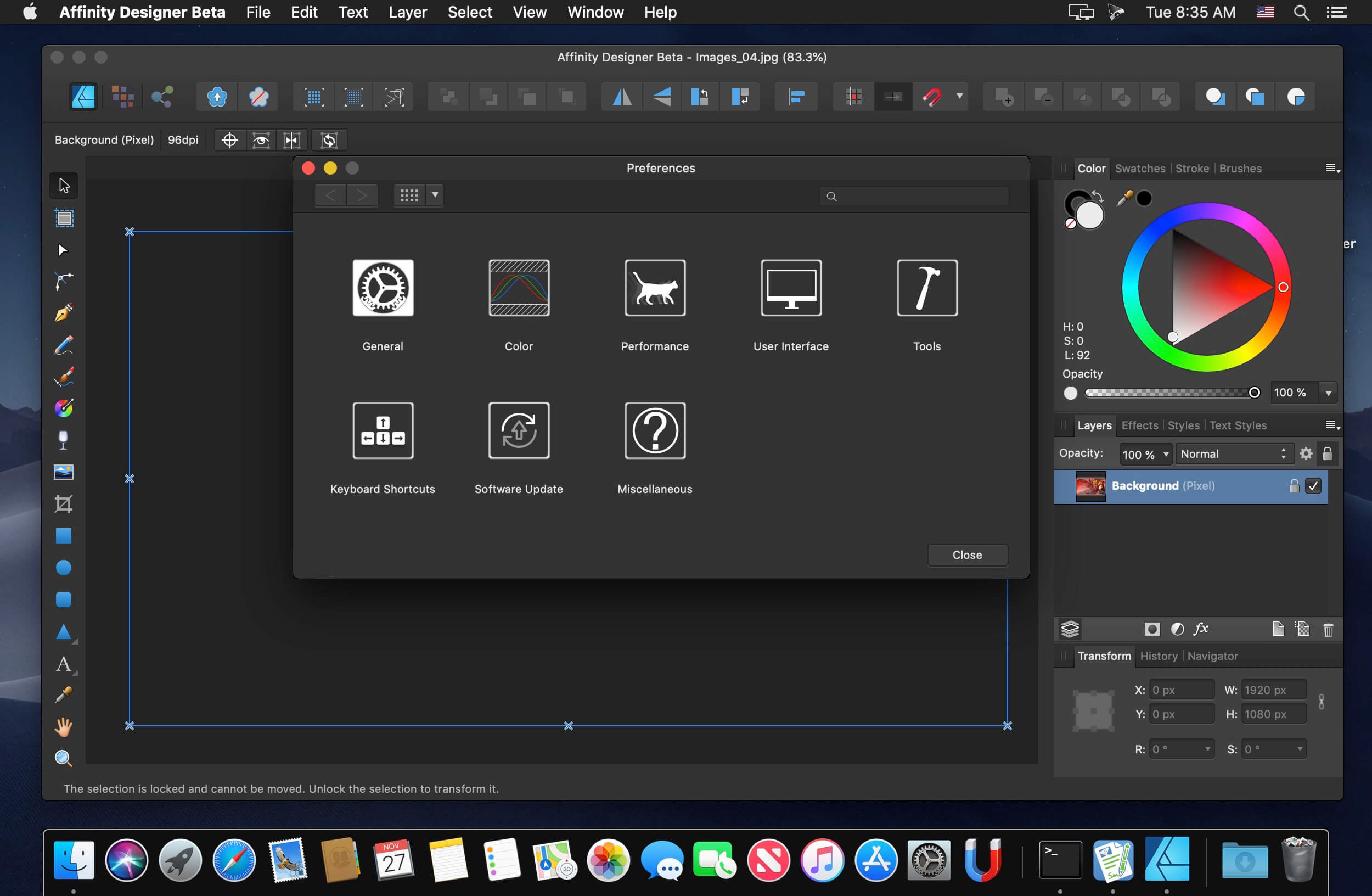

You can then ungroup it and play with its bits (if you'll pardon the expression). Once you have traced the bit map you can save it as an SVG file which you can open or drop into Affinity Designer. There are a bunch of options at this point (see link to tutorial below). Choose 'Embed’ and select Path/TraceBitmap. Once open you need to import the bitmap image you want to trace from the File/Import… menu. It takes a few moments to open in its own little window. Just click on the (find the application) button and go to Finder/Applications/Utilities and select XQuartz. When you open Inkscape for the first time it asks where X11 is.
#AUTOTRACE AFFINITY DESIGNER INSTALL#
Rather confusingly this will then tell you to install XQuartz which is, I think, a version of X11. You can install it on your Mac by going to Finder/Applications/Utilities and selecting X11. I just installed Inkscape for the tracing feature (I don't get all the techy stuff, but as I understand it it is not a native Mac application so it needs to use another system for running in a window. Tracing can be done on another app and the vector object dropped into AD. Tracing is a very useful feature and should be part of the AD package, BUT it is available elsewhere and it seems to me that other things on the Road Map and which are integral to AD are more important. I am glad the developers do not intend to use it in AD. The trace feature has always been useful, but kind of limited and very ungainly. I have used Serif Draw for a very long time. You can always use a 3rd party tracing facility…


 0 kommentar(er)
0 kommentar(er)
